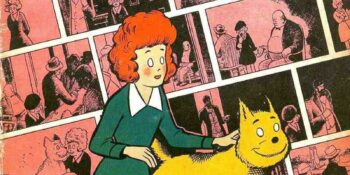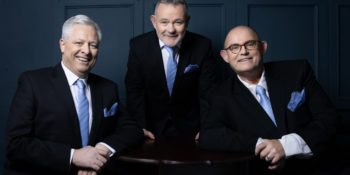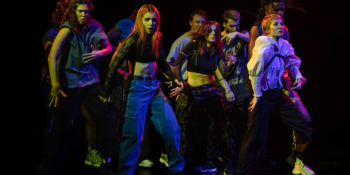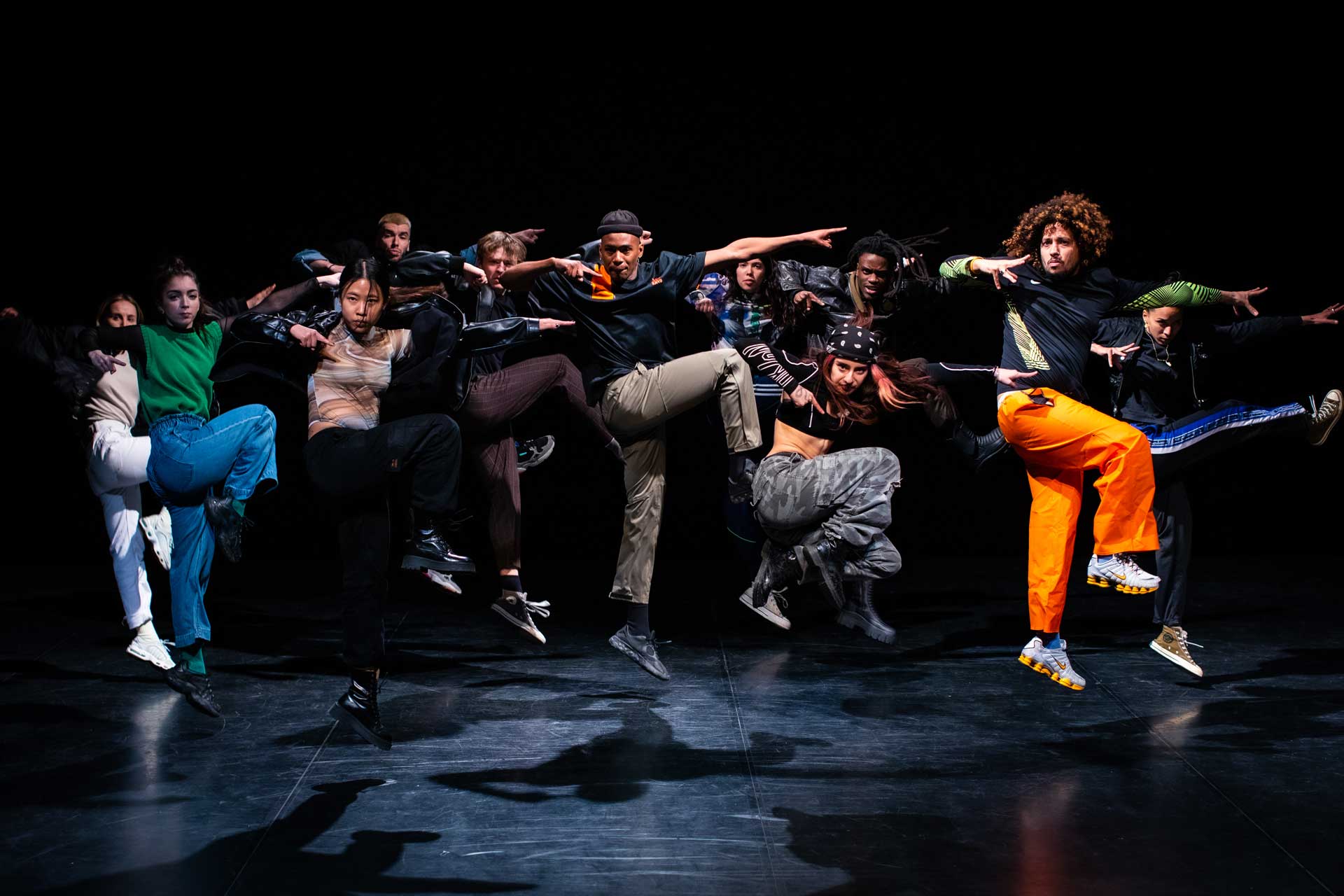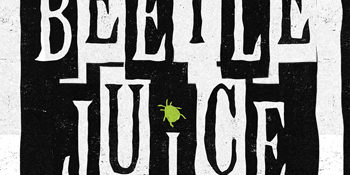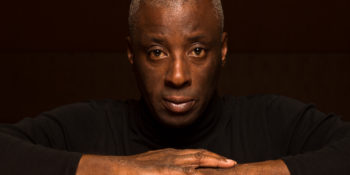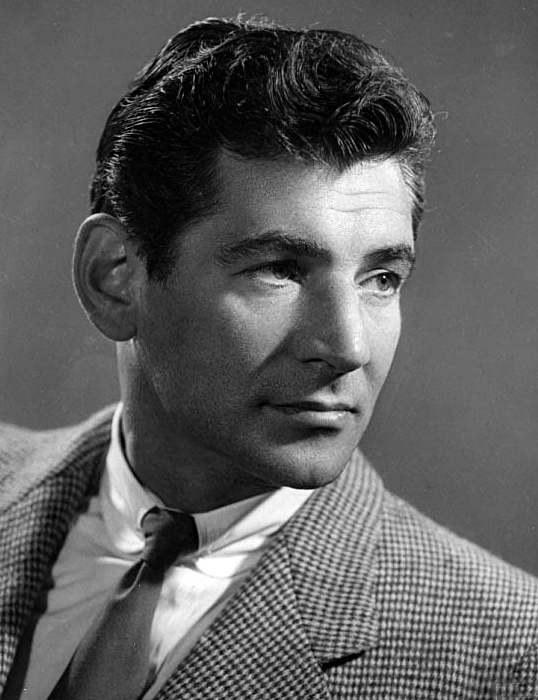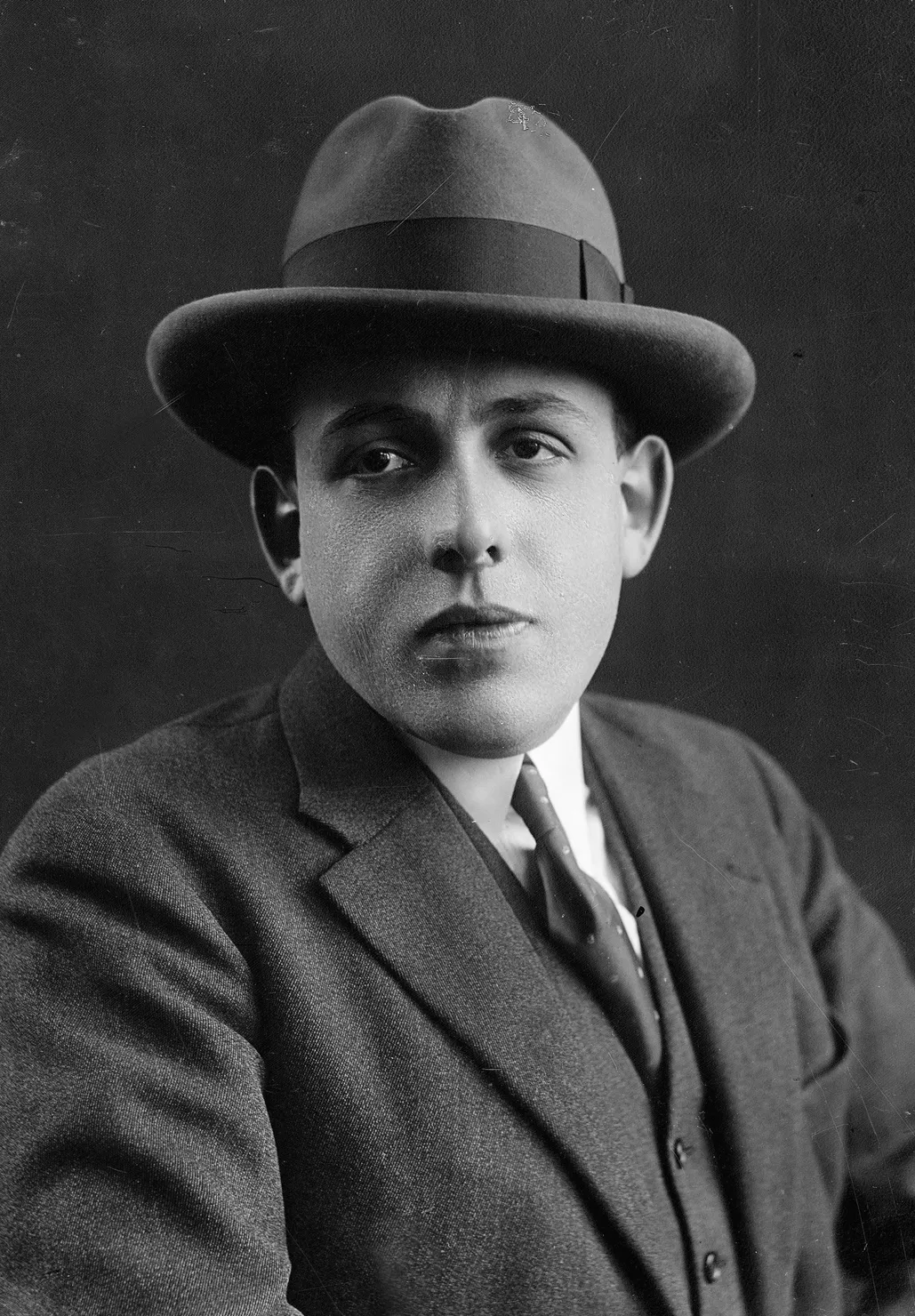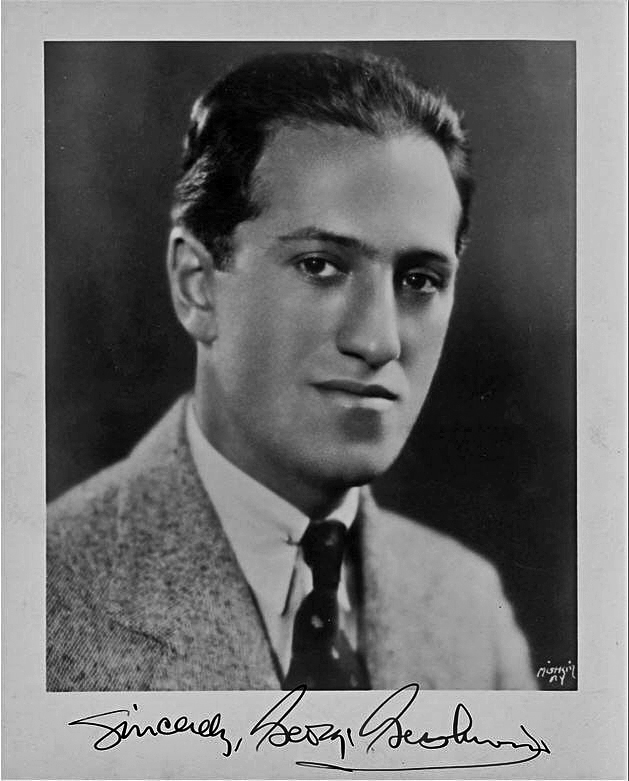Nuevo de Music City
“Encanto” La Banda Sonora de un País
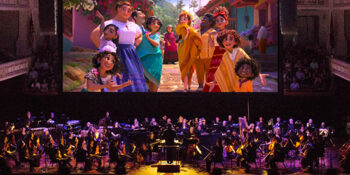
(English Version here)
En el consumo cinematográfico las películas de animación son generalmente apreciadas como entretenimiento infantil y las bandas sonoras como la música que suena detrás. Lo cierto es, que tanto animadores como compositores en el cine, elevan la creación artística al ajustarse a la meticulosa representación de los movimientos que nuestro cerebro da por hecho. En el momento en que un gesto y un sonido no sean auténticos, el público se desconecta de la escena. Mas allá de los ‘dibujitos’ y las canciones pegajosas, Encanto honra a la audiencia infantil y a una nación. Esta película he tenido que verla cada vez con una intención diferente; la de apreciar su trama, la de identificar los elementos folklóricos y paisajísticos, y la de abstraerme con su música. Nunca imaginé que esta última se materializara en un auditorio con la orquesta en disposición.
Los días 16 y 17 de marzo, el Schermerhorn se transformó en la “Casita” que acogería a familias y aficionados luciendo los trajes de los personajes de la película. Las expectativas aumentaron cuando el director Anthony Parnther introduce el espectáculo en una aterciopelada voz como si hiciera parte del doblaje de la producción. Parnther y algunos miembros de la Orquesta de Nashville estuvieron presentes en la grabación original de la banda sonora. Este solo acontecimiento acrecentó las ansias de envolverse de nuevo en la fantasía del filme, pero con la música ¡en vivo!
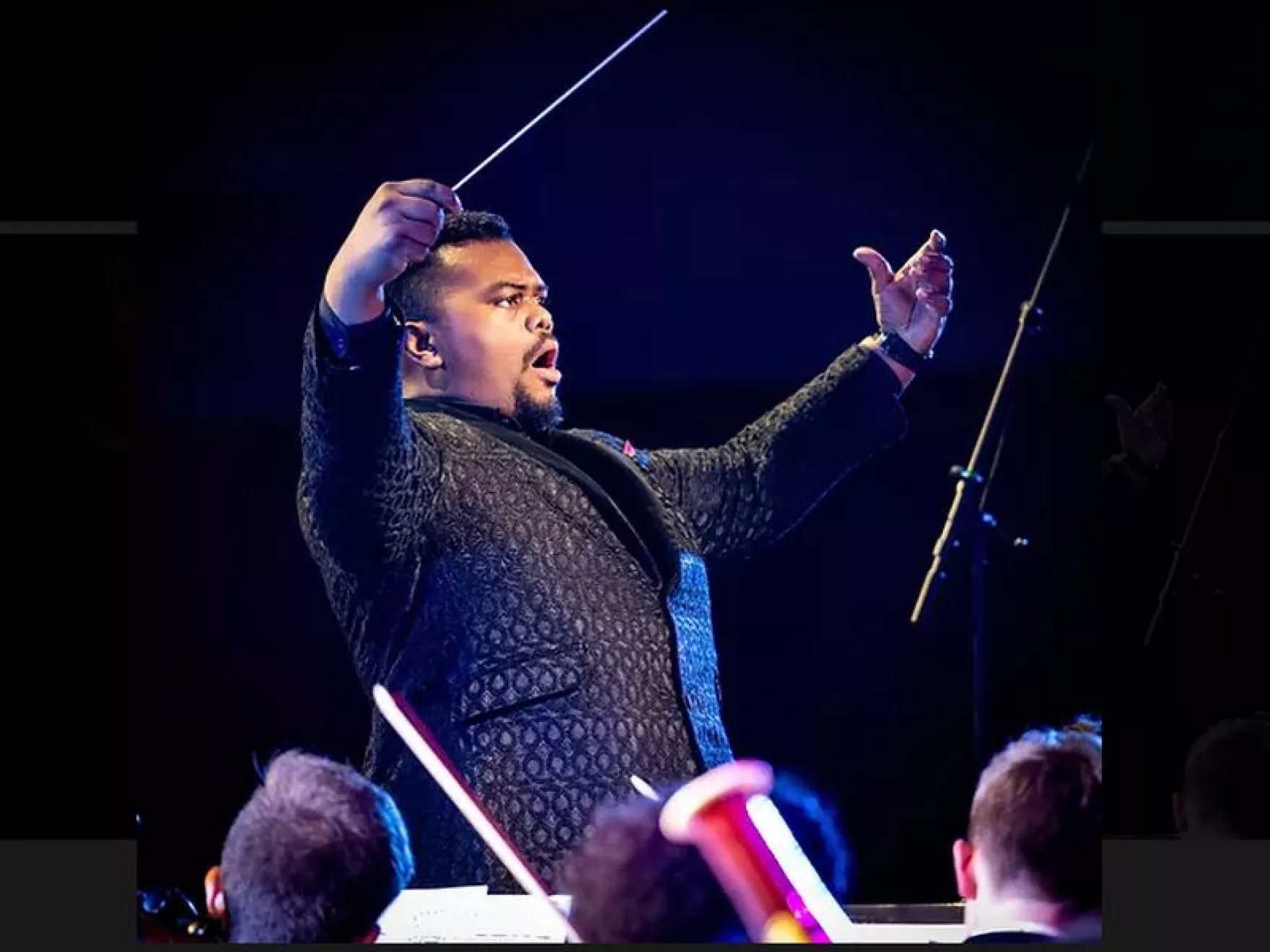
www.anthonyparnther.com)
La historia de Encanto está inspirada en la corriente literaria del realismo mágico; tan solo la oposición de estos dos conceptos, hace que su significado sea difícil de poner en palabras. El ejemplo más sencillo que encuentro para definir este estilo, es el personaje de Julieta que “con su comida cura todo mal, sus guisos son remedios de verdad.” La inconfundible sazón de una mamá tiene el poder de levantarnos el ánimo y la energía cuando estamos indispuestos. Esa es la realidad, pero ese “super poder” la hace mágica. La proeza de Germain Franco fue convertir este significado en sonido, ¿cómo enlazar la cotidianidad y la ficción en la música incidental? A diferencia del equipo de producción y del compositor Lin Manuel Miranda que viajaron al país de la belleza para documentarse de su multiculturalidad y diversidad, a Franco le llegó la propuesta de componer la banda sonora en medio de la pandemia.
La riqueza sonora de Antonio’s Voice es la prueba de la deferencia que tuvo la compositora con el folklore colombiano. La Costa Pacífica del país es un territorio vagamente explorado cuando se hace referencia a la biodiversidad y a la cultura latinoamericana. En esta región donde se combinan la selva con el mar, la raza afrocolombiana resuena a través de las voces femeninas y la marimba de chonta. Para esta pieza, Franco encargó el instrumento a un luthier de la zona y ella misma lo interpretó en la grabación. Logró reunir a un coro de mujeres “cantadoras” y dirigió las sesiones desde una ventana de Zoom. El resultado es alucinante; la orquesta se encarga de trasladar por las aguas del Atlántico los ritmos del bullerengue a la jungla que las separa de las aguas del Pacífico. El coro anuncia la llegada de Antonio en un frenesí que se hace cada vez más incontenible en los sentidos. Cuando el registro agudo de las voces se mimetiza en el timbre sinfónico, se hace tangible el encantamiento de la orquestación en las bandas sonoras. Si la tan sola pieza es una experiencia sobrecogedora, acompañada de una escena que representa extraordinariamente la megadiversidad colombiana, se convierte en una verdadera obra de arte.
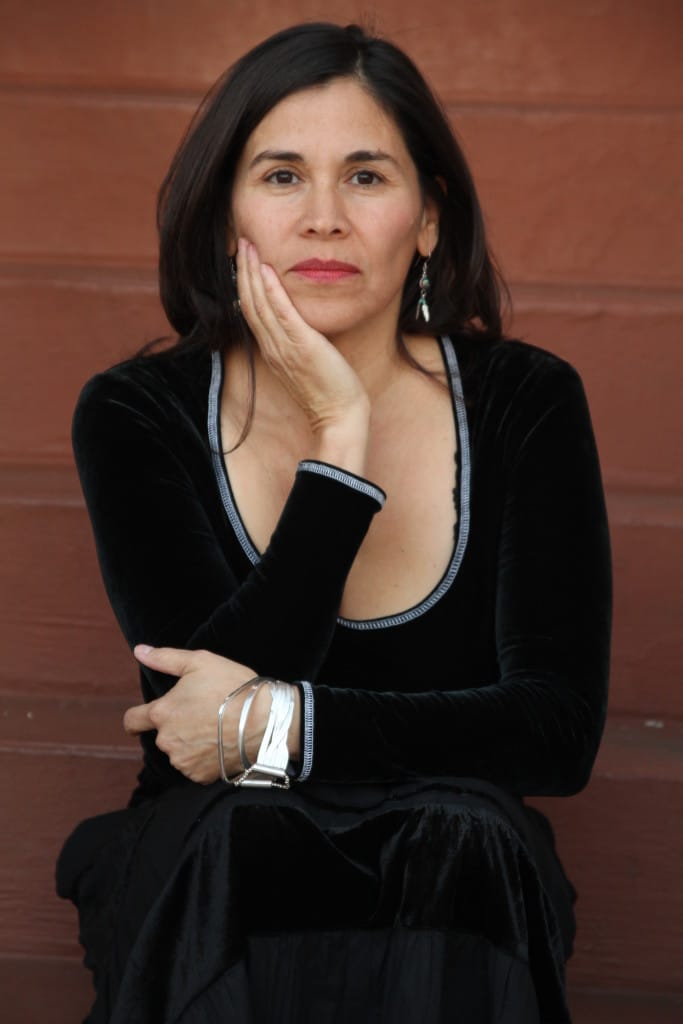
Una de las cualidades que saltó a mis oídos la primera vez que escuché a la Sinfónica de Nashville, fue la transparencia y el balance en el sonido de las cuerdas. Esta particularidad es imprescindible en la música para cine; en múltiples secuencias un acorde se prolonga extensamente soportando el movimiento de las demás voces o sirviendo de transición en la trama. Es usual utilizar efectos digitales en la producción de las bandas sonoras para potenciar la intención o la atmósfera de una escena. Sin embargo, aspectos como el dominio de matices y la simpatía en la afinación fueron magistralmente conseguidos por la orquesta como si se tratara de una grabación. Para fabricar un efecto tridimensional del sonido, hubo secciones en que solo algunos miembros de cada fila interpretaban la melodía. Por ejemplo, en determinadas partes los últimos atriles de los violines eran los únicos que coloreaban con sutileza las bases de la percusión.
La posición geográfica y la convergencia de múltiples razas hacen de Colombia un país con una extraordinaria variedad de culturas. En referencia a la música, su amplia organología define la naturaleza tímbrica de cada región. Franco y Miranda tuvieron en frente un abanico de posibilidades para enriquecer su composición y hacerla aún más genuina. La bandola, el tiple y el cuatro (cuerdas), los cununos y el maracón (percusión), la caña de millo y la gaita (vientos) hicieron gala en manos de intérpretes colombianos para la grabación. En este concierto se reemplazaron por instrumentos homónimos; el escenario rebosaba de guitarras y tambores al ritmo del bambuco y la cumbia. Sí, la cumbia colombiana.
Es admirable tanto en la composición de música incidental como su interpretación sin cortes, el ajustarse cronométricamente a cada escena. Las melodías y los efectos no solo acompañan una emoción, sino que reafirman el diseño sonoro por lo tanto deben ser ejecutados con precisión. Parnther es experto en el montaje de bandas sonoras como director y fagotista gracias a su amplia experiencia en la industria cinematográfica. La Sinfónica de Nashville parece estar dominando también este terreno con la atractiva selección de filmes que ha incluido en sus temporadas. El público ha sabido apreciar estos conciertos calificándolos como una experiencia de otro nivel, en consecuencia, separan sus sillas con suficiente anticipación.
Beetlejuice: The Musical Is Better Than The Movie

On tour since 2022, Beetlejuice: The Musical is at TPAC March 12-17, and sold out almost every performance. I attended opening night, and despite the half-hour interruption due to some electrical problem that occurred twenty minutes into the performance, had a marvelous time. I’d never seen Andrew Jackson Hall that full, or the audience that enthusiastically engaged. I didn’t hear any grumbling during the unexpected delay; rather people seemed to find it a good opportunity to buy more concessions and merchandise, or squeeze in a trip to the bathroom.
The musical adaptation of the 1988 film is, in my possibly heretical opinion, much better. It isn’t afraid to shift some major story elements: the Maitlands, the nice couple who die at the beginning of the story, play a much more minor role, and Lydia (played by young Winona Ryder in the film) is made into a much more sympathetic character. Instead of simply being strange and morbid, she is struggling through grief at her mother’s death and her father’s seeming emotionlessness. Instead of focusing on the Maitlands’ struggle to figure out the afterlife, the musical has Beetlejuice burn their Handbook for the Afterlife before they awake as ghosts. In this, the conflict of the story is between Beetlejuice’s desire to join the world of the living and Lydia’s desire to reach her dead mother.

The musical begins with Lydia’s lovely and sincere ballad at her mother’s funeral. As it ends, Beetlejuice says, “Holy crap, a ballad already? And such a bold departure from the original source material,” then begins his song, “Welcome to a Show About Death.” The contrast between Beetlejuice and Lydia continues throughout the musical, balancing what many postmodern stories can’t seem to figure out: how to be vulnerable, sincere, and funny at the same time. Here, Lydia is focused on her loss and then, later in the story, on finding her mother in the Netherworld. Beetlejuice is that ridiculous sort of amoral agent of chaos, who is bad, crass, and disgusting but who is enjoying himself so thoroughly that you can’t help but enjoy him. Meta-humor is quite prevalent, especially at the beginning, with Beetlejuice setting up the story for the audience and yelling at people in the crowd. The self-referential humor isn’t overdone, and really fits in well with the material and the music theater setting. Having someone on stage occasionally give a flippant tweak to the fibers of the audience’s interconnected imagination is quite fun.
Like the film, the musical is frequently crass and there are plenty of sexual jokes that make it definitely not for children. I have seen comments online saying that the musical is too crude, which I find somewhat surprising: the original film has always been crude. The audience the night I attended was mainly adults, and if any of the parents who did bring children to the show were unpleasantly surprised, well, the show has a content advisory.
The story is weighted toward Beetlejuice’s personality, and the only character that can combat that is Lydia. The Maitlands have been changed from an comically idyllic couple into lame repressed millennials panicking about whether they should follow through on their original plan to have a baby, then accidentally electrocute themselves. The joke that they’re lame went for a little too long, so I didn’t really care about their plot points or character growth besides the fact that they helped Lydia. Delia, the life coach hired by Lydia’s dad to help her through her grief, is a ridiculous character mocking all the current “spiritual” pretensions, and leading to a funny song between her and Lydia, letting their conflicting philosophies battle, the dual extremes of believing in nothing and believing in everything.
The second act of the musical is different than that of the film, Lydia learning to value life, let go of her mother, and come to an understanding with her father. Even Beetlejuice has a brief moment of goodness, although don’t worry, he doesn’t suddenly turn into a good person. Both the musical and film share the same ending, of singing more Harry Belafonte as an unorthodox but happy family.
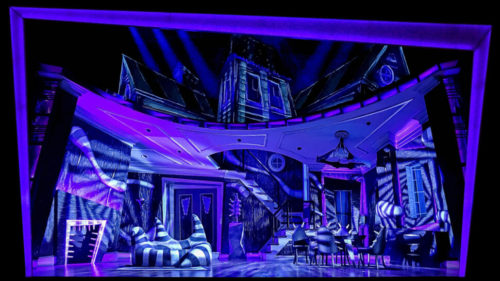
The sets, lighting, and practical effects are absolutely fantastic. They are over-the-top and Burtonesque, vibrant and active. The set changes frequently, the Maitlands’ house askew and at odd angles, like a more consumer-friendly, funhouse version of sets from The Cabinet of Dr. Caligari. The lighting accentuates all the moments of ghostly magic, sometimes even blasting the audience with such bright flashes of light the stage becomes unseeable, allowing actors to leave the stage in their comparative darkness. The green glowing light of the doorway to the Netherworld is particularly well done. There are many practical effects, too: Beetlejuice tosses fire, removes and shifts limbs, hands appear out of platters or snakes from heads, a giant sand worm appears, and so on. In a world inundated with CGI and easy digital editing, it’s refreshing to be surprised and impressed, to wonder “how they did do that” before being pulled back into the story.
The music itself is great, Eddie Perfect’s lyrics being particularly funny, and they’re full of plot and dialogue, propelling the story forward. His adaptation of “Day-O (The Banana Boat Song)” and “Jump in the Line ” are fun and more than simple covers. I’d wondered going in if the music was going to be 80’s themed as part of a nostalgia-grab, but it isn’t. It uses the ensemble well and blends different musical elements to match the content: some dies irae, classic and modern Broadway sound, a little pop, and circusy and Elfman vibes.

Justin Collette as Beetlejuice is wonderful, his gleeful horribleness fun to watch and energizing the entire play. His gravely tone and strong voice work well and his comic timing is fantastic. If every other actor was a dud, he would still manage to make the show work. Luckily, that isn’t the case, and Isabella Esler is an excellent Lydia: sad but not whiny, strong but not unkind, with a sense of humor and a strong voice. To add to her perfect casting, she’s petite and all the adults characters tower over her emphatically. The ensemble gives strong choral moments and acrobatic dancing, especially during the song “That Beautiful Sound” when Beetlejuice dances with many doppelgängers of himself.
I recommend seeing the show: if you never were a Tim Burton fan, this musical tones down some of the grimy ghoulishness of the film, and if you are a big fan, it’s got even more theatrical vigor than the movie. The run at TPAC is almost over, but the show will be in Georgia, Kentucky, and even Tennessee again in the coming months, so if you’re interested see https://beetlejuicebroadway.com/.
The MCR Interview
Director Stephanie Dillard on the staging of Lauren Gunderson’s acclaimed play The Revolutionists and Women in Theater (WIT) Nashville

Stephanie Dillard is an opera-singer, audiobook narrator, theater director and the board president of Women in Theatre (WIT) Nashville which was founded in 2023 to showcase the incredible talent, stories, and voices of women in the performing arts. On March 8th and 9th, starting at 7:30pm, at the Darkhorse Theater, Women in Theater (WIT) Nashville showcases its first premiere with Lauren Gunderson’s acclaimed play The Revolutionists.
From the Street Theatre Company
Nashville’s Trail to Oregon!
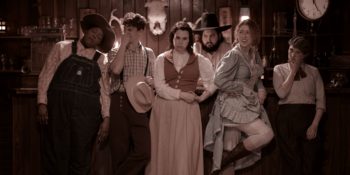
Before I can get to the performance by Nashville’s Street Theatre Company, we must first discuss the subject of the parody, and the creators of this musical. First, The Oregon Trail games are much older than I had realized; in my solipsism, I’d assumed the game started and ended on CD in the 1990’s, but it originated as a game for kids in 1971 (on the HP 2100 minicomputer, which used teletype instead of a screen), and I can download the latest version to my phone today. 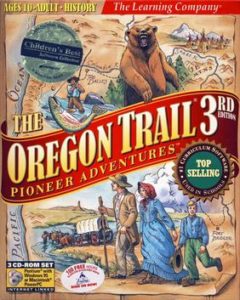 The point of the game is to teach children how difficult the Oregon Trail was for its travelers. Different versions of the game differ, but after choosing the supplies for the journey and making tough choices on the trail, players meet with many misfortunes (unexpected or due to poor judgment) as they try to reach their goal. Death occurs frequently. Growing up, we never owned the game, but one of our friends did. It’s rather a meme now, and I’ve played the board game adaptation with friends and had a good time.
The point of the game is to teach children how difficult the Oregon Trail was for its travelers. Different versions of the game differ, but after choosing the supplies for the journey and making tough choices on the trail, players meet with many misfortunes (unexpected or due to poor judgment) as they try to reach their goal. Death occurs frequently. Growing up, we never owned the game, but one of our friends did. It’s rather a meme now, and I’ve played the board game adaptation with friends and had a good time.
StarKid Productions (also known as Team StarKid) started at the University of Michigan in 2009, when their YouTube post of A Very Potter Musical went viral. Since then they’ve produced 13 musicals (parodies and originals), have featured in the top 10 on Billboard charts, and have gained hundreds of millions of views. My introduction to them was through a group chat on a Monday morning, when someone posted this clip: https://www.youtube.com/watch?v=B2EI65ZEqYQ, from their musical Firebringer. In 2014, StarKid Productions created a musical parody of The Oregon Trail, called Trail to Oregon! which is available to view on YouTube: The Trail to Oregon!. After seeing the Street Theatre performance I watched and compared different sections of the musical with the original video, and I have to say I think the Nashville performance is funnier and reflects the original game better. I may be biased because I saw it first, but I think they added more humor. In one deliberately heartless scene, the son kills a family of buffaloes. The lisping baby buffalo can’t walk very well, and in Street Theatre’s production the actor Elijah Wallace adds a new layer chaotic humor by making the baby buffalo’s babytalk ridiculously sensual. Besides additional jokes, I mainly prefer this cast’s interpretations of the characters, too: they’re all a little kinder to each other, a little more equal in their goofiness. Street Theatre didn’t simply mimic the popular video of the play, they performed their own quality interpretation.
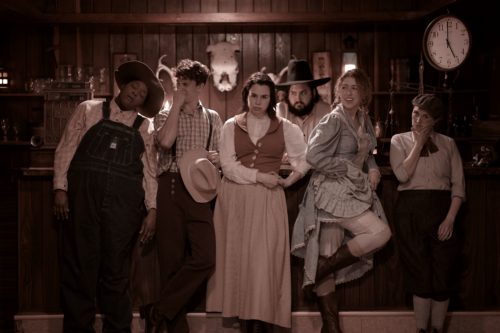
Trail to Oregon! follows a family: Father, Mother, Grandpa, Daughter, and Son, all of whom the audience names at the beginning of the performance. Besides being fun at the time, each name is an opportunity for additional humor later on: the line, “That’s my son, [son’s name], the baby killer,” was made into a punchline after the audience named him “Plan B.” The family buys supplies, meets a bandit, and begins their journey, meeting the challenges of environment, equipment, hunting (there’s the excellent line from Grandpa as he takes the kids out to hunt: “You shot me, that means your turn’s over.”), snakebites, kidnappings, and more. Since the musical is a parody, it doesn’t have a tight plotline, but focuses more on joking about the familiar elements of the game. This show is about being silly, and it does that very well. The only time that it gets to be too much is for a moment at the end, when the character the audience voted for dies of dysentery, and their dying song is accompanied by the sounds of viscerally unpleasant flatulence for far too long.
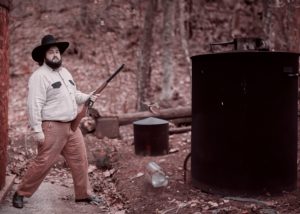
The acting is great, and so is the singing. Benjamin Frieson makes the ridiculously optimistic father charming, and Jennifer Whitcomb-Oliva makes the bandit’s sidekick disproportionately funny in relation to how many lines the character has. My favorite is Elijah Wallace, who plays the greatest variety of roles, from the baby buffalo to the villainous bandit. Eve Petty plays the daughter, whose teenage sensuality is especially well done, balancing naivete with readiness.
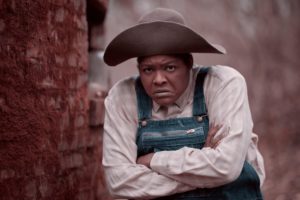
The set does an excellent job of showing the video game inspiration: the backdrop is painted into a pixilated backdrop of scenery from the Oregon Trail, and six large wooden boxes are moved around the stage to create the furnishings, as well as housing items under their lids, and the puppets used to perform the buffalo parents are a great touch.
This was my first experience with the Street Theatre Company. They perform at the Barbershop Theater, which is a small building off a gentrifying street not too far from the Darkhorse Theater. Street parking is readily available and the building is quite simple: step in through the front door and you’re in the black box theater, the diagonal of the stage pointing at you, and rows of well-cushioned seats are available along both sides of the diagonal, seating about 40 people. A small concession stand is right by the entrance, and the only downside of the space is that it has one single-stall bathroom, and during intermission the actors have it for a portion of the time. Hydrate accordingly. Due to limited space, the live band is in a building behind the theater and they pipe in and mix the sound. I thought they performed to a mysteriously good recording until Taryn Pray (the Son, “Plan B”) explained how they managed it.
I would tell you to buy tickets for this show, except I can’t: it’s entirely sold out. Street Theatre Company’s final show of the season will be Fun Home in June, and next season’s shows are already announced: https://www.streettheatrecompany.org/23-24-season.
Latino in Nashville, April 2024

(Versión en español aquí)
The Nashville music scene is expanding into an exhilarating landscape of Latin American artists and projects. Mariachi, Banda, Salsa, Cumbia, and Rock in Spanish are just some of the genres that make the festive nights of the venues vibrate. Here’s an invitation to delight live with the sounds and moves of three projects that will perform in April on the colorful stage of Plaza Mariachi. 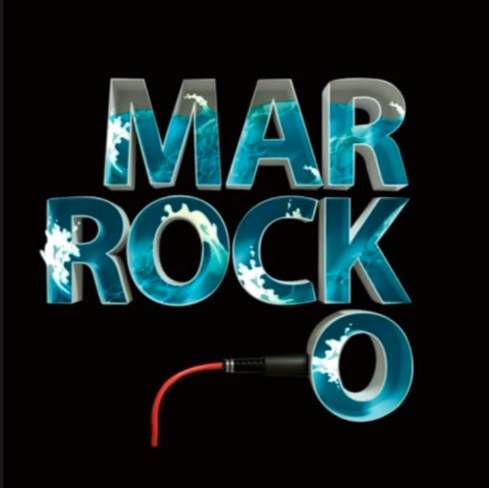
MARROCKO
Saturday, April 20th
4:30 pm – 5:15 pm
This duo from Cali (Colombia) has a cutting-edge style that blends Latin pop and rock with indie folk nuances. Guitarist and producer Alex Zúñiga and vocalist Guile Gadel reflect the freshness characteristic of Rock en español and its contemporary lyricism in their compositions. Among their productions, the band has an album titled “Mar de Rock” where their songs alternate between romantic and introspective lyrics. Marrocko’s proposal has captivated the city’s audience with performances at the 2023 Nashville Shores Waterpark Latino Fest and the halftime show of the local team Nashville SC with a guitar solo that infused energy into the crowds.
Social media: YouTube Instagram Facebook
BALLET FOLKLÓRICO SOL DE MÉXICO 
Saturday, April 20th, 2:00 pm – 4:00 pm
Sunday, April 21st, 4:00 pm – 6:30 pm
Sunday, April 28th, 4:00 pm – 6:30 pm
The perfect complement to a live Mariachi, Banda, or Marimba show is the authentic steps of Mexican folklore. Ballet Folklórico Sol de México transports its audience to the grounds of Sinaloa, Veracruz, Chihuahua, Jalisco, and Chiapas, where the colorful regional costumes sway gracefully. This group has reunited expert dancers with their native dances in a city where Mexican music is increasingly positioning itself in the international expression. Their trajectory in Nashville already spans a decade, and among their experiences stand out performances such as the launch of Estrella Jalisco beer at the Nashville Music Center, as well as Los Tigres del Norte concert at the Bridgestone Arena, being the first folkloric group on this stage. In addition to events, Ballet Folklórico Sol de México seeks to promote interest and appreciation for Mexican cultural manifestations through visits to schools in the metropolitan area and calls for new dancers to join their project.
Social media: Instagram Facebook
RITMO SABROSO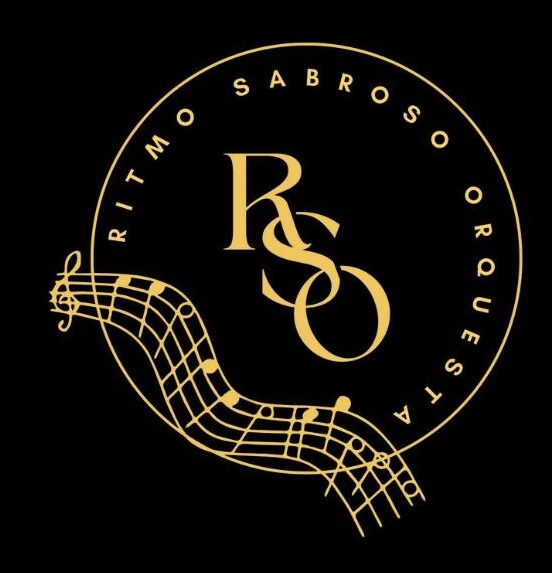
Saturday, April 20th
8:30 pm – 10:00 pm
As its name suggests, Ritmo Sabroso is an orchestra that inevitably gets the audience on their feet to join in with their moves to the rhythm of salsa, merengue, and cumbia. These genres have undoubtedly permeated Latin American celebrations for generations and the music scene across the Atlantic. Ritmo Sabroso brings together musicians with extensive experience from Venezuela, Colombia, Puerto Rico, and the United States, countries representative of the sonic and cultural richness of these genres. For those looking to enjoy a tropical night this weekend, this is an event you can’t miss!
Social media: Facebook YouTube

